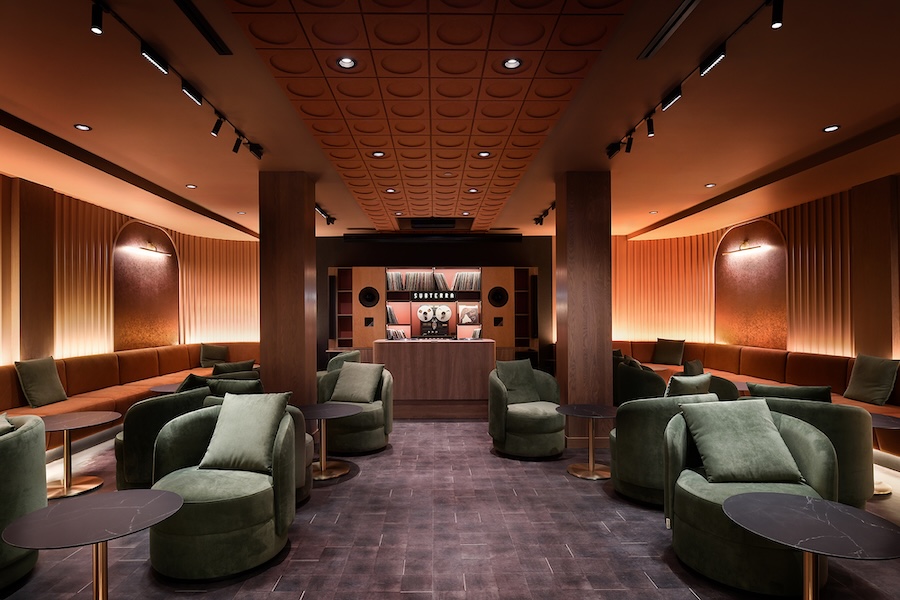Last month, the Renaissance Chicago Downtown Hotel unveiled its $27 million lobby and guestroom renovation.
Chicago-based the Gettys Group redesigned the 560-room hotel’s guestrooms, suites, and lobby area, and will now focus on developing a new ballroom on the third floor, and a rooftop bar and lounge, all scheduled for completion in the spring of 2016.
Property owners Carey Watermark Investors (CWI) envision the property’s redesign as a new direction for the Renaissance brand.
“Through the design and implementation process, we have created a space that not only captures the essence of this unique Chicago site, but also becomes a flagship property that serves as a road map for the future of the Renaissance brand,” says Chris McDonough, senior design director at the Gettys Group.
“The collaborative nature of the Gettys Group has really proven to demonstrate the value of great design to further improve our ROI on this project,” says George Gudgeon, senior vice president of CWI. “The culmination of the design team’s collaborative process, which included ownership, the brand, the operating team, and purchasing produced this exceptional product.”
Thematically, the lobby design is rooted in local culture and transportation, featuring design elements such as wallpaper and elevator lobby artwork illustrating the Chicago L map; life-size photos and sculptures; and a multi-dimensional mural of pencils depicting a city cab. Lobby pillars each feature a different part of a city train, which blend together from certain perspectives to form a single image. Pockets of space, such as the VIP club lounge, Artist Studio, Staytion, Coffee Bar, and Library, now encourage guest interaction.
Following this trend, guests may peer through 1950s CTA bus-inspired windows into the chef’s display kitchen at Staytion.
Guestrooms feature a color palette of gray and tan hues, with bold accents of blue and yellow, and updated furnishings. Similar to the lobby, locally inspired artwork and sculptures reference Chicago. Hotel suites feature residential attributes and revamped layouts that incorporate zones for lounging, working, and dining.


